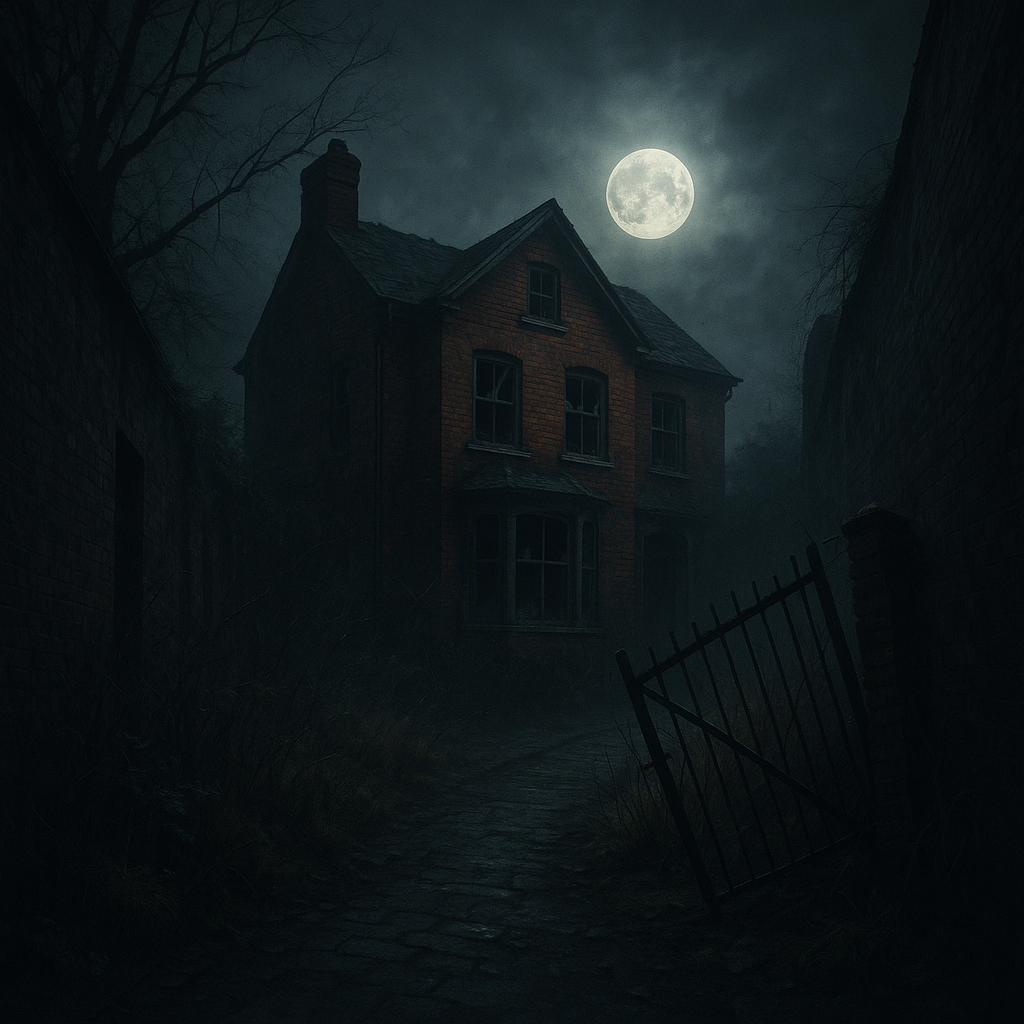The iconic Japanese horror film Sadako is more than just fiction. We dig into the tragic life of the real-life Sadako Takahashi and how she evolved into an urban legend.
mystery vowel? horror vowel? incident accident vowel?
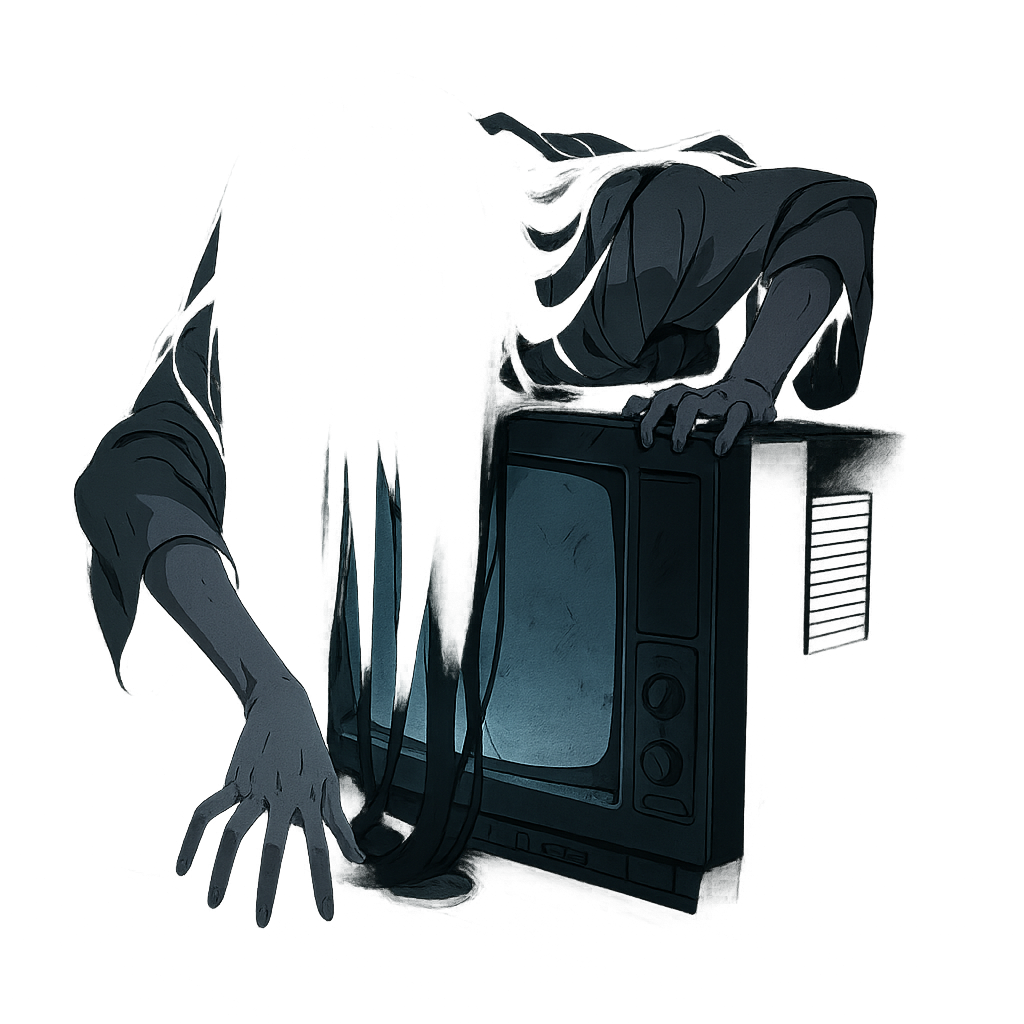
🩸 “She crawled out of the TV screen…”
That’s how the story always begins.
A whisper in the dark.
A flicker of static on your old CRT screen.
And suddenly, there she is—Sadako, the long-haired girl in white, crawling towards you.
But what if I told you that Sadako wasn’t purely fictional? That behind her terrifying image lies a real person?
Let’s unravel one of Japan’s most haunting urban legends and trace its roots to a girl named Takahashi Sadako.
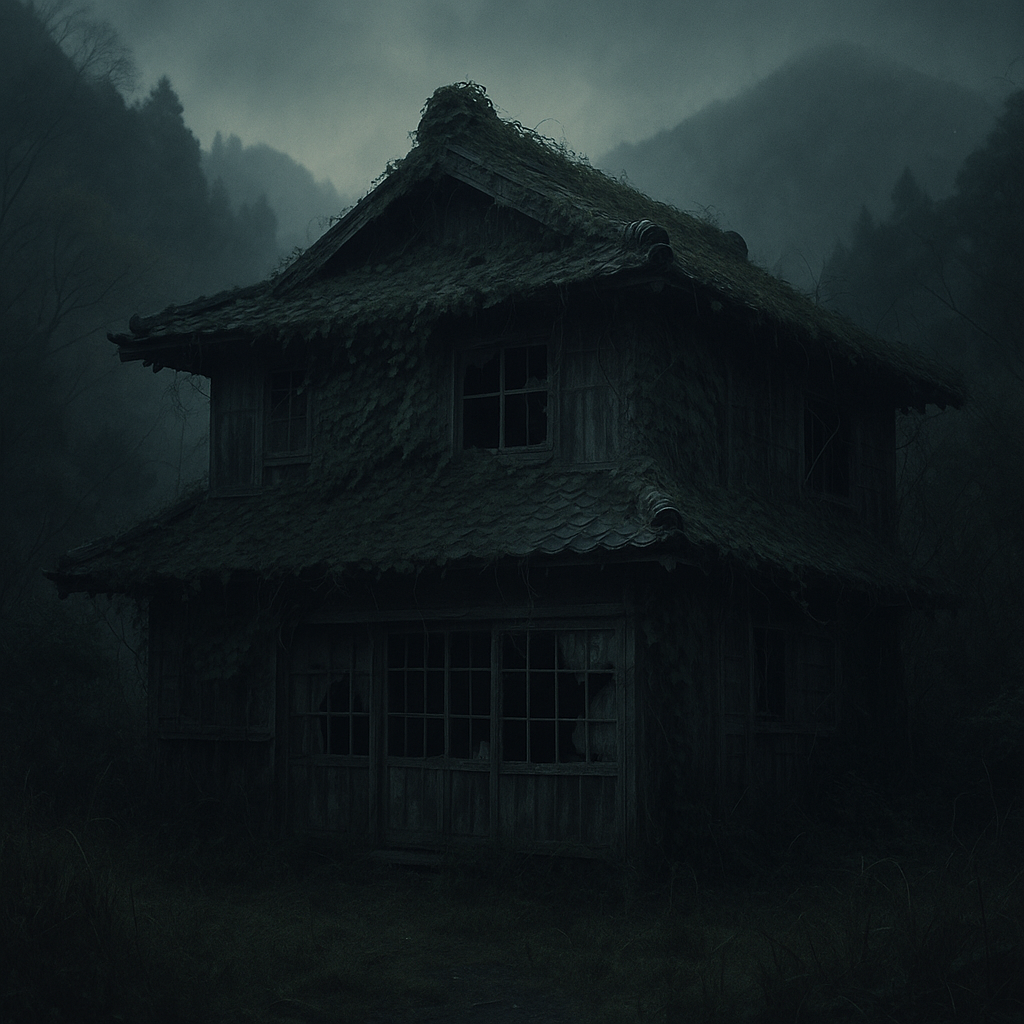
🕯️ Was Sadako Just a Ghost Story?
For many, Sadako first appeared in the 1998 Japanese horror film “Ringu” (The Ring), later adapted into Hollywood’s own terrifying version.
Her image—drenched hair, white dress, and eyes hidden behind darkness—has become synonymous with supernatural horror worldwide.
However, what most viewers don’t know is that this character is believed to be inspired by a real person, a woman named Takahashi Sadako, who lived in Japan during the late 1800s.
👁 The Life of Takahashi Sadako: Gift or Curse?
Takahashi Sadako was born in 1868 in Wake, Okayama Prefecture, Japan.
She became known for her alleged extrasensory abilities, especially clairvoyance and thoughtography (the ability to burn mental images onto surfaces).
She worked closely with Dr. Tomokichi Fukurai, a professor at the University of Tokyo who was pioneering early Japanese parapsychology.
While Sadako’s abilities fascinated scientists and the public alike, they also provoked fear.
In an era when the supernatural was still interwoven with folklore and Shinto beliefs, Sadako’s existence blurred the line between mystic and menace.
Many feared that she was a “living curse,” and after a series of mysterious events, she faded into obscurity.
Her name, however, would be remembered—and transformed.
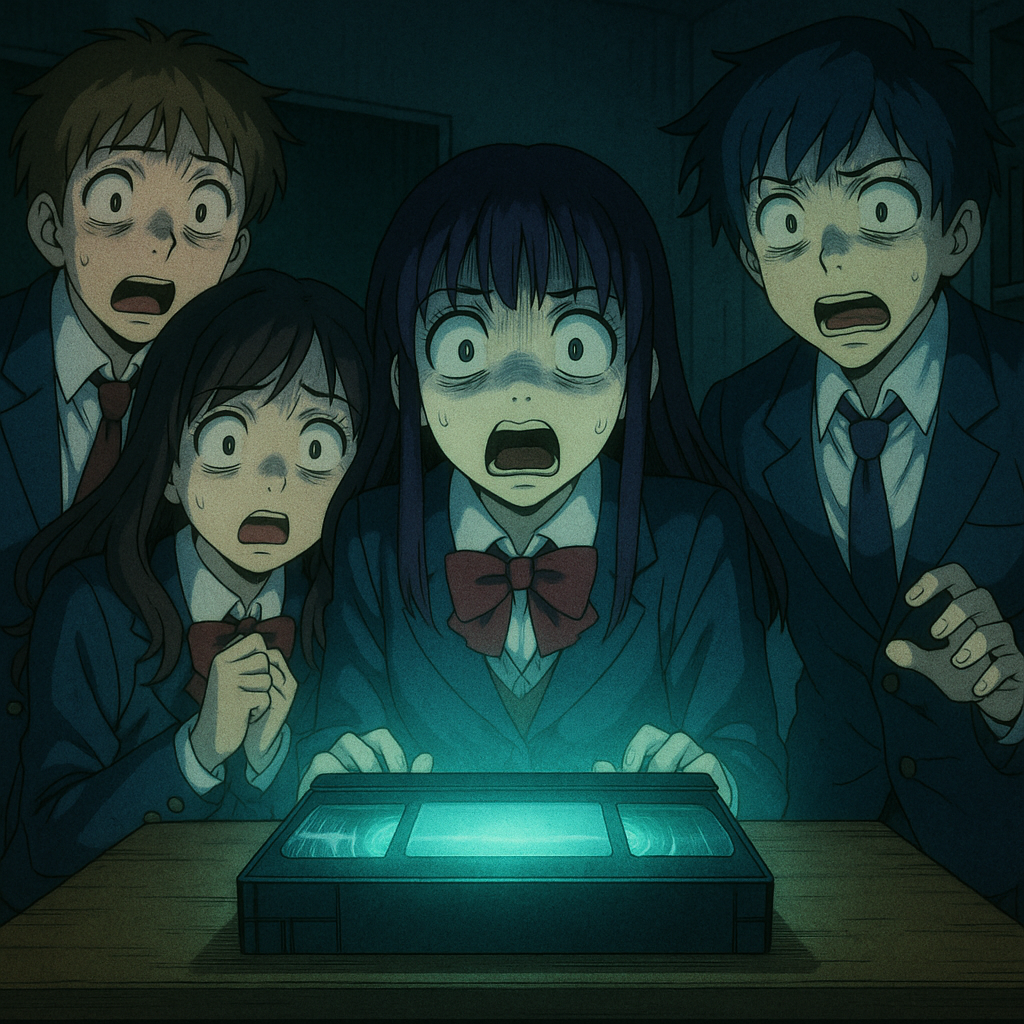
🧟♀️ From Research Subject to Horror Icon
The story of Sadako remained buried in obscure texts until it was revived—fictionalized, enhanced, and immortalized—by Koji Suzuki’s 1991 novel “Ring.”
The novel introduced a modern Sadako: a young woman with psychic powers, trapped in a well and spreading her curse through a videotape.
This story would explode in popularity when Hideo Nakata adapted it into the 1998 film, sparking a global wave of interest in J-horror.
Many of the terrifying elements from the movie echo real-life mysticism:
- 📺 Crawling from a TV – Linked to Japanese folk beliefs about spirits entering through technology
- ⛩ The Well – Traditionally seen as a dwelling of spirits in Japanese lore
- 📼 Cursed Video – Symbolizing the spread of cursed knowledge in a digital age
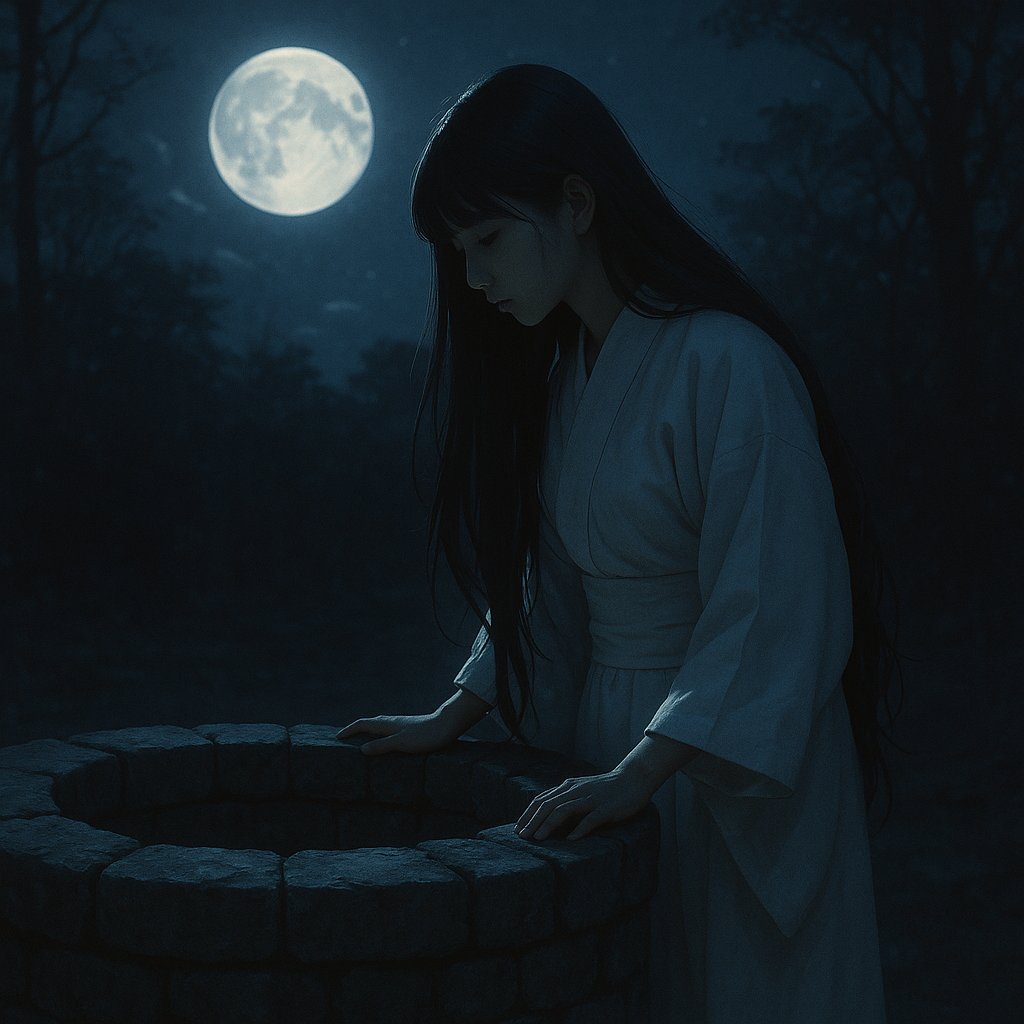
🕸 More Than Just a Ghost: The Cultural Weight of Sadako
Sadako isn’t just a ghost. She’s a cultural mirror reflecting fears of:
- Technology invading our lives
- Women’s silenced rage and oppression
- The transmission of trauma through modern media
Her image has been adopted and parodied in anime, manga, commercials, and even in viral marketing campaigns—cementing her as Japan’s most iconic horror character.
Sadako #RealSadako #UrbanLegendJapan #TheRing #JapaneseHorror #TakahashiSadako #CursedVideo #GhostStories #HorrorIcon #TrueStory
